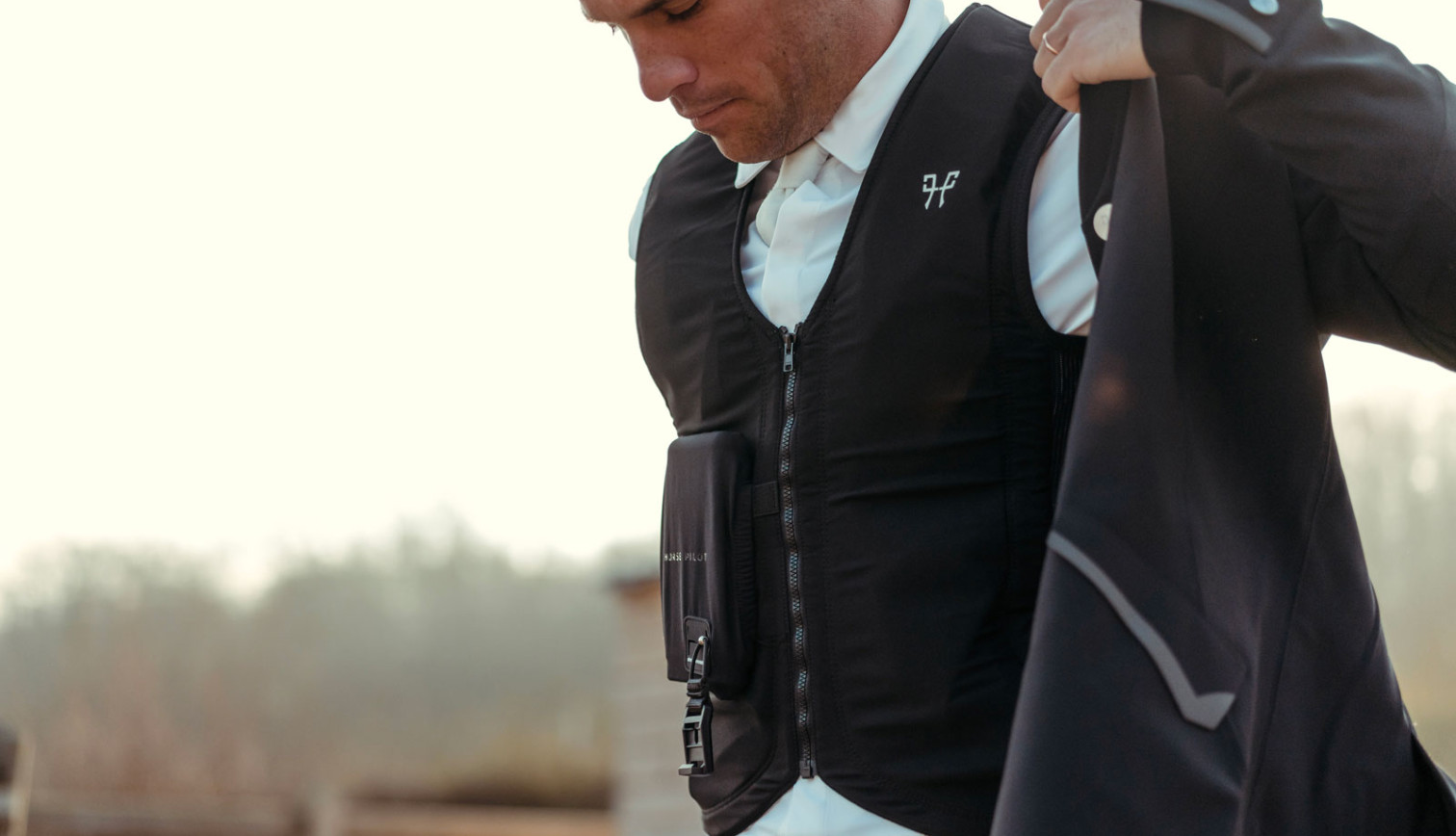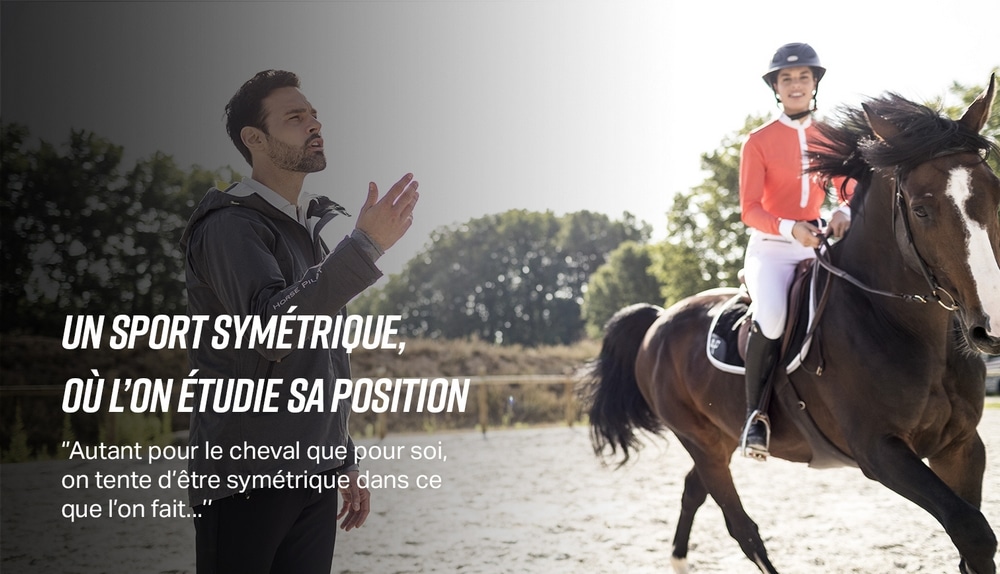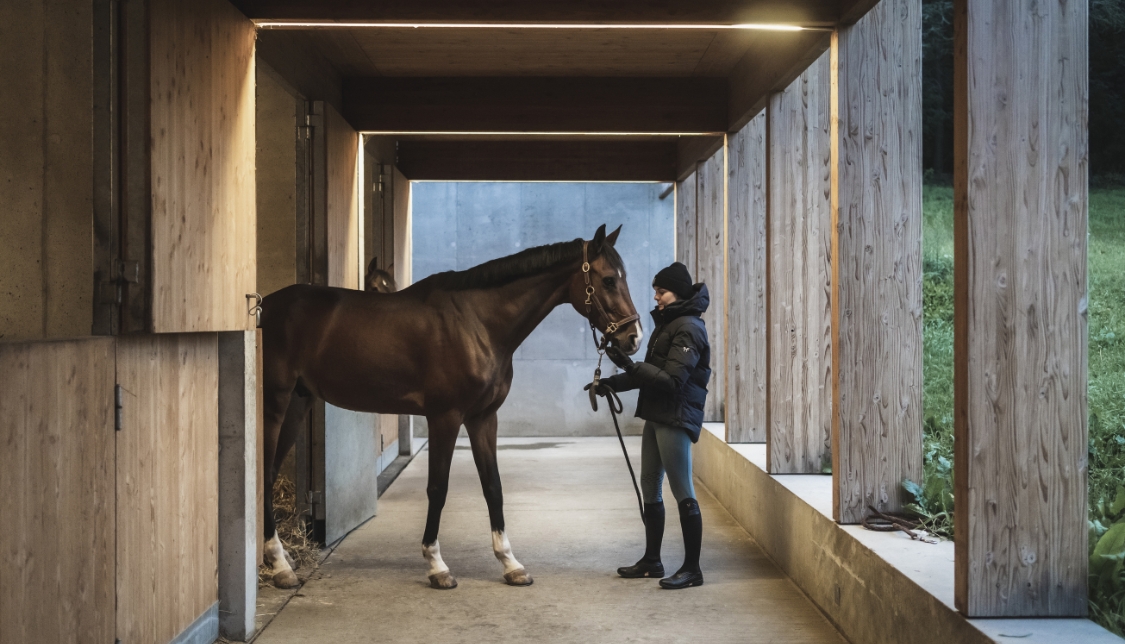
Let’s talk about safety and horseback riding
With Aurélien Guillon, co-founder of Horse Pilot and Pierre-François Tissot, Co-founder of In&motion.
Let’s talk about security first. Pierre-François, by creating In&motion you have put security at the heart of your mission.
At In&motion, we have one objective and not the least: to save lives. Today, technical advances, access to information, and the evolution of materials can help protect people in their daily lives or in the practice of their sport. Practicing horseback riding knowing that you are protected in the best way provides a form of freedom.
You develop airbag protection systems for riders, can you tell us more about this technology?
Today we have 3 airbag protection systems: for skiers, bikers and horse riders. When we develop a product, we always proceed in the same way:
- With our partners, we analyze the practice starting from the high level. Competitive riders have an extreme practice that always borders on the limits. On the other hand, they are demanding riders: the systems must be efficient and also ergonomic, easy to use and must not have any influence on their sporting performance.
- Once we have incorporated the feedback from the athletes, we test the product with our community to possibly make new fixes before it is released to the market.
- In parallel to this ergonomic work, we study the scientific literature with its numerous norms and safety standards and carry out simulations to verify that we are protecting what needs to be protected.
In horseback riding, the literature is rather sketchy, nevertheless, all studies converge on one point:
Head injuries are responsible for the majority of serious equestrian injuries and deaths. These injuries are almost invariably related to falls.
Long underestimated, injuries to the chest, abdomen, and pelvis are also often serious and account for a smaller but substantial number of hospitalizations. Chest injuries are important because they often result in internal bleeding. Protecting the thorax is therefore of paramount importance.
The head is protected by the bomb, however, the protection of the chest and abdomen is, in everyday life, less taken into account. Of course, cross-country vests with stone guards can be used, but in everyday life, on the flat for example, this equipment is relatively cumbersome.

A riding airbag vest will have several effects:
- It limits the effects of punching by distributing and reducing the constraints imposed on the body
- By adding a deformation reserve, the airbag will undergo the deformation imposed by the shock that the body will not undergo, or in an attenuated way.
- Due to its shape and pressure, it provides additional stiffness and better support in position.
Today, our challenge is to develop the most efficient but also the most ergonomic equestrian airbag vest.
One of the ways to do this is to achieve a “volume-pressure” balance. The greater the volume of the airbag, the longer the inflation time. We are constantly looking for the optimum combination of: protection performance (cushion shape, cushion volume, inflation time) and comfort in use.
No one wants to ride a horse with a bulky riding airbag vest and a scuba tank on their back as a gas generator 😉
We continue to work on airbag technologies to better protect riders by reducing airbag-related stress.
The latest product of our collaboration is the new Twist’Air airbag for riders: the reloading of the gas cartridges has been simplified, this new release system is more ergonomic and easier to reload. Speed of release, comfort, protection zones, breathability, simplicity and speed of reloading, nothing has been left to chance.



